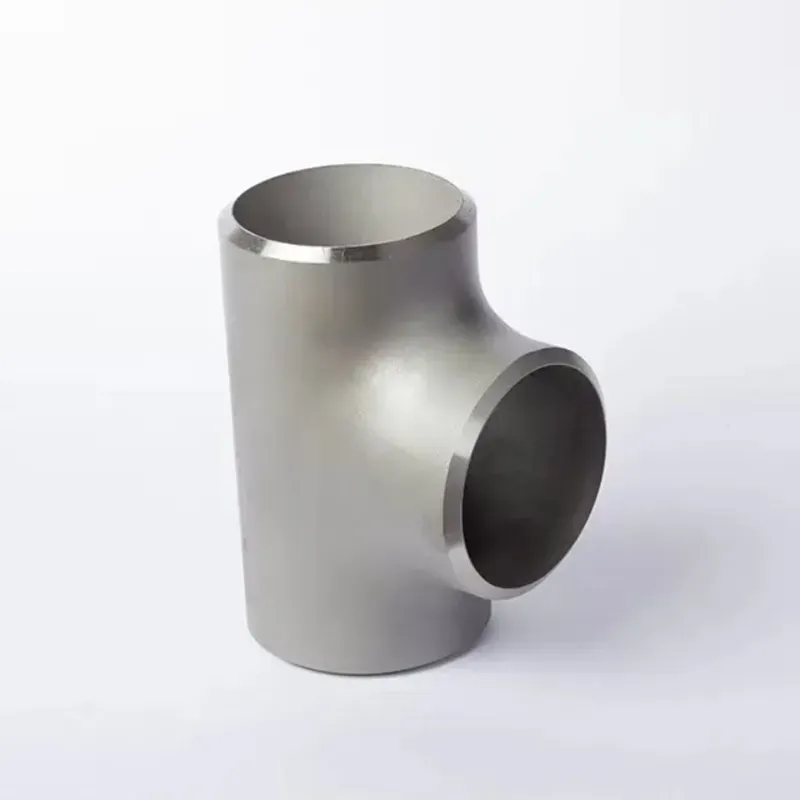-
Cangzhou Yulong Steel Co., Ltd.
-
Phone:
+86 13303177267 -
Email:
admin@ylsteelfittings.com
- English
- Arabic
- Italian
- Spanish
- Portuguese
- German
- kazakh
- Persian
- Greek
- French
- Russian
- Polish
- Thai
- Indonesian
- Vietnamese
- Zulu
- Korean
- Uzbek
- Hindi
- Serbian
- Malay
- Ukrainian
- Gujarati
- Haitian Creole
- hausa
- hawaiian
- Hebrew
- Miao
- Hungarian
- Icelandic
- igbo
- irish
- Japanese
- Javanese
- Kannada
- Khmer
- Rwandese
- Afrikaans
- Albanian
- Amharic
- Armenian
- Azerbaijani
- Basque
- Belarusian
- Bengali
- Bosnian
- Bulgarian
- Catalan
- Cebuano
- China
- China (Taiwan)
- Corsican
- Croatian
- Czech
- Danish
- Esperanto
- Estonian
- Finnish
- Frisian
- Galician
- Georgian
- Kurdish
- Kyrgyz
- Lao
- Latin
- Latvian
- Lithuanian
- Luxembourgish
- Macedonian
- Malgashi
- Malayalam
- Maltese
- Maori
- Marathi
- Mongolian
- Myanmar
- Nepali
- Norwegian
- Norwegian
- Occitan
- Pashto
- Dutch
- Punjabi
- Romanian
- Samoan
- Scottish Gaelic
- Sesotho
- Shona
- Sindhi
- Sinhala
- Slovak
- Slovenian
- Somali
- Sundanese
- Swahili
- Swedish
- Tagalog
- Tajik
- Tamil
- Tatar
- Telugu
- Turkish
- Turkmen
- Urdu
- Uighur
- Welsh
- Bantu
- Yiddish
- Yoruba

Oct . 05, 2024 13:30 Back to list
200mm Flange Specifications and Applications in Industrial Engineering
Exploring the Importance of a 200mm Flange in Engineering Applications
Flanges are critical components in various engineering applications, serving as connectors between pipes, valves, pumps, and other equipment. Among these, the 200mm flange stands out due to its versatility and wide-ranging utility across numerous industries. This article delves into the significance, types, and applications of 200mm flanges, highlighting their role in ensuring the integrity and efficiency of piping systems.
A flange is a mechanical component that typically features a flat rim or edge designed for easy joining to another component. The 200mm flange specifically refers to a flange with a nominal diameter of 200 millimeters. These flanges can be found in various materials, including carbon steel, stainless steel, and plastic, depending on the application's requirements. The choice of material impacts factors such as strength, corrosion resistance, and temperature tolerance.
Exploring the Importance of a 200mm Flange in Engineering Applications
Another common type is the slip-on flange, which is designed to slide over the pipe before being welded into place. Slip-on flanges are often easier to align and install, making them a popular choice for applications that do not require the same level of pressure resistance as weld neck flanges. They are widely used in wastewater management systems, HVAC installations, and general industrial applications.
flange 200mm

The significance of a 200mm flange extends beyond mere connectivity. Flanges also facilitate maintenance and inspection. For instance, using flanges allows for the quick disassembly of piping systems without cutting or damaging the pipes themselves. This feature is crucial during routine maintenance, as it minimizes downtime and reduces repair costs.
In industries that require strict adherence to safety standards, such as pharmaceuticals and food processing, flanges play a vital role in maintaining system integrity. Properly installed and maintained flanges prevent leaks, which can lead to environmental hazards or contamination of products. As such, the specifications for a 200mm flange, including its pressure rating and environmental compatibility, are critical considerations in the design phase of a project.
Additionally, the standardization of flange sizes, including the 200mm variant, enhances interoperability among different components and manufacturers. This standardization simplifies the procurement process and ensures that components can be easily replaced or upgraded, thus streamlining project execution.
In conclusion, the 200mm flange is an indispensable component in modern engineering applications, providing essential functionalities that enhance the performance and reliability of piping systems. Whether in oil refineries, chemical plants, or construction projects, understanding the types, materials, and applications of 200mm flanges helps engineers and technicians make informed decisions that contribute to safer, more efficient operational systems. As technology advances and industries evolve, the role of flanges, particularly the 200mm variant, is likely to remain crucial in facilitating robust and effective infrastructure.
Latest news
-
ANSI 150P SS304 SO FLANGE
NewsFeb.14,2025
-
ASTM A333GR6 STEEL PIPE
NewsJan.20,2025
-
ANSI B16.5 WELDING NECK FLANGE
NewsJan.15,2026
-
ANSI B16.5 SLIP-ON FLANGE
NewsApr.19,2024
-
SABS 1123 FLANGE
NewsJan.15,2025
-
DIN86044 PLATE FLANGE
NewsApr.19,2024
-
DIN2527 BLIND FLANGE
NewsApr.12,2024
-
JIS B2311 Butt-Welding Fittings LR/SR 45°/90° /180°Seamless/Weld
NewsApr.23,2024











